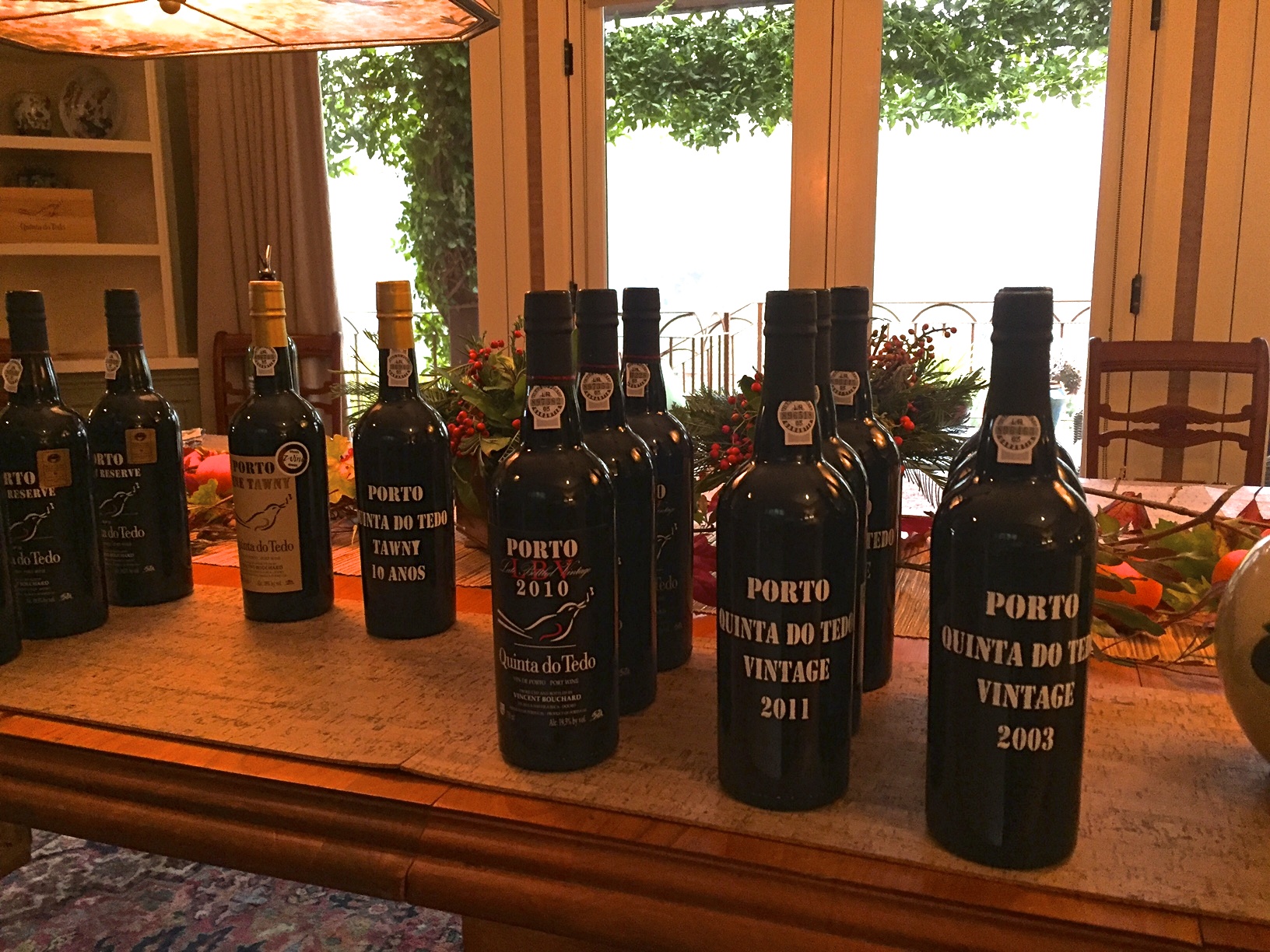 “How long will a Porto last once opened?” is a recurring question from our customers. My answer depends on my subsequent question “What kind of Porto?”
“How long will a Porto last once opened?” is a recurring question from our customers. My answer depends on my subsequent question “What kind of Porto?”
Why? There are 2 main Porto categories – Ruby to include our Ruby, Finest Reserve, LBV and Vintage and Tawny, to include our Fine Tawny, 10 Year and 20 Year Tawny. Ruby Portos are aged in large neutral wooden tanks (exception LBV) to preserve the intense dark red fruit as the name implies, and are to be enjoyed young or evolved with age (Vintage). Tawny Portos are aged in much smaller neutral wooden casks for many more years to result in an oxidized style, as the name implies, with completely different complexities of nuts and dried fruits, and does not need further bottle aging. Oxidation is an enemy to any bottle of opened wine, and Porto is no exception. However, the higher levels of alcohol and sugar in the fortified Porto better protects from oxidation once opened. Tawny, already oxidized from extended aging in wood, lasts even longer once opened.
Here is Quinta do Tedo’s guideline for how long our Portos will last once opened, given that they are recorked and refrigerated.
Fine Tawny, 10 YR Tawny and 20 Yr Tawny: 1 – 2 months. Already with a naturally oxidized and more concentrated style, the younger the Tawny the longer it will stay in the refrigerator after opened. Is there a reason why Tawny Portos are always the most popular choice on wine/glass program in a restaurant? Serve slightly chilled.
Ruby: 2 weeks. Our young Ruby, a blend of 3 harvests aged 3 years average in wood, is made from younger and less tannic vines. Best chilled.
Finest Reserve: 3 – 4 weeks. Our “Vintage Character” (aka “Poor Man’s Vintage”) Ruby, selected from older parcels yielding grapes with more complexity, a blend of 3 harvests aged 4 to 6 years in large wood tanks, has firmer tannins and more grip. Take out of the refrigerator before serving slightly cooler than room temperature.
LBV: 1 – 2 weeks. Husband Vincent refers to as an "good digestive”, aged in 500L pipas for 5 years, larger than traditional barrels, this Porto is a “pre-aged” vintage ready to enjoy. Take out of the refrigerator before serving slightly cooler than room temperature.
Vintage: +1 week. Such a cherished celebratory Porto, to share with another/others, as you would a bottle of a Grand Cru or a wine you have been aging in the cellar for that very special occasion. Take out of the refrigerator before serving slightly cooler than room temperature.
Our experience is the following: Portos disappear from our refrigerator at a much faster rate. Let us know if this has been helpful and cheers to the holiday season!
















